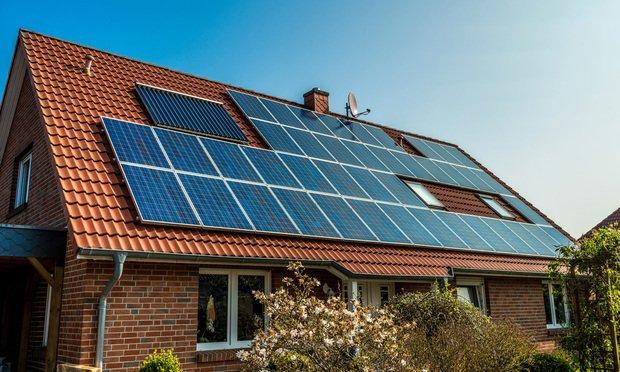The photoelectric effect
When light with energy above a certain threshold hits metal it loosens an electron that was previously bound to it and it is knocked loose.
Okay. What happens after? What's the value of knowing that? Can you save lives with it? What is purpose/value of knowing that?
No I am not purposely trying to be thickheaded. I just don't see why knowing that is so important.

I didn't have time to make this look pretty, but here's an additional slant on how to look at it. The info is from 2 sites---the Khan academy on the photoelectric effect and this site:
https://www.quickanddirtytips.com/education/science/einsteins-legacy-the-photoelectric-effect?page=1
Introduction: What is the photoelectric effect?
When light shines on metal, electrons can be ejected from the surface of the metal in a phenomenon known as the photoelectric effect. This process is also often referred to as photoemission, and the electrons that are ejected from the metal are called photoelectrons. In terms of their behavior and their properties, photoelectrons are no different from other electrons. The prefix, photo-, simply tells us that the electrons have been ejected from a metal surface by incident light.
But perhaps the most important application of the photoelectric effect was setting off the quantum revolution, according to Scientific American---It led physicists to think about the nature of light and the structure of atoms in an entirely new way.
The photoelectric effect has direct applications in the use of photocells and solar cells where energy is produced due to incident photons.
More importantly, however, the photoelectric effect set off the quantum revolution---. Experimental physicists began to think about the nature of light and the structure of atoms, the foundation of the world around us, in an entirely new way.
Perhaps the biggest lesson to be learned from Einstein’s work on the photoelectric effect is to always remember to think outside the box. If our normal theories aren’t working, sometimes the answer is to make new ones. Einstein himself said, “We cannot solve our problems with the same thinking we used when we created them.”